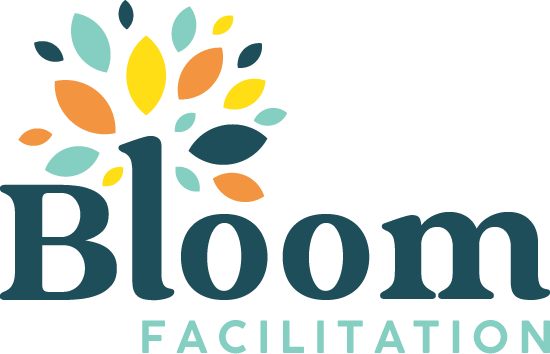Facilitation Roles Series
There are many roles to play as a process facilitator or as the leader of a meeting. I have a framework of eight roles that I teach: Party Host, Race Car Driver, Mechanic, Nurse, Trip Leader, Improv Comedian, Designer, and Rugby Referee. There are facilitation skills that we can learn from other roles. In this post I want to highlight the role of the:
Race Car Driver
Able to be completely present in the moment, listening, watching, and not being distracted by anything beyond the task at hand.

The Art of Presence: Lessons from Race Car Driving
As a child, I had the unique situation of going to both dirt track car races as well as attending operas. My parents didn’t think that was strange, but they did think I was strange for being able to fall asleep on a wooden bench at the race. They would wake me up before the end. My mom questioned the integrity of my sportsmanship as I always proclaimed that the car in the lead during the last lap had been my favorite to win the whole time.
If you watch a car race on TV, it’s easy to forget how challenging it is for the drivers and how much is at stake. When you are at the track you can feel the vibrations of the engines and you can feel the speed in the form of a gust of dust filling ones ears for hours. The drivers can’t doze off like I did, in fact they can’t lose their concentration for even a moment. At the speeds they are going, it would take less than a second of distracted driving to result in a terrible crash. Many fans may appreciate the excitement of a pileup, but that is definitely not the goal of any driver. 
Facilitation also requires concentration and the need to be completely present in the moment. This is one of the things I find most challenging since I am a chronic multi-tasker. After a long day of facilitation, I feel completely spent because it has taken so much energy to just be fully present the whole time.
Using Your Presence: Harnessing the Power of “Use of Self”
There is a concept in facilitation called, “use of self. ”This refers to how you can use your body language, facial expressions, energy level, volume, tone, eye contact, and more as an extension of your facilitation techniques. In fact, whether you want to or not, all of those aspects of your physical presence are going to have an impact on the group you are facilitating, so it is important that you gain more self-awareness, body awareness, and learn how to use these aspects of yourself intentionally.
A Race Car Driver’s Guide to Meeting Success: Practical Tips for Facilitators
- Prepare for the session by readying your body – with adequate rest, drinking enough water, and choosing to eat food that gives you energy and won’t have any adverse effects. I am careful about when and how much caffeine I drink, and I happen to love sushi and dark chocolate for lunch on a day that I am facilitating after lunch.
- Meditation – one way to become present before the session begins or on a break if you feel yourself slipping is to practice meditation. I find guided meditation helpful and choose to use the Headspace app. They have guided meditations from 2 minutes to 20 minutes and you can pick a theme such as Patience, Finding Focus, or Communication.
- Eliminate distractions – to help remain present, make sure you have silenced your phone or even put it on airplane mode. Remove anything else that might be distracting, such as jewelry that you fidget with or your day planner.
- Visualization – similar to meditation, doing a visualization exercise before the session in which you visualize yourself in the role of facilitator helping the group reach their outcomes can be a good way to be present in the moment.
For more in this series, see what a facilitator can learn from a:
